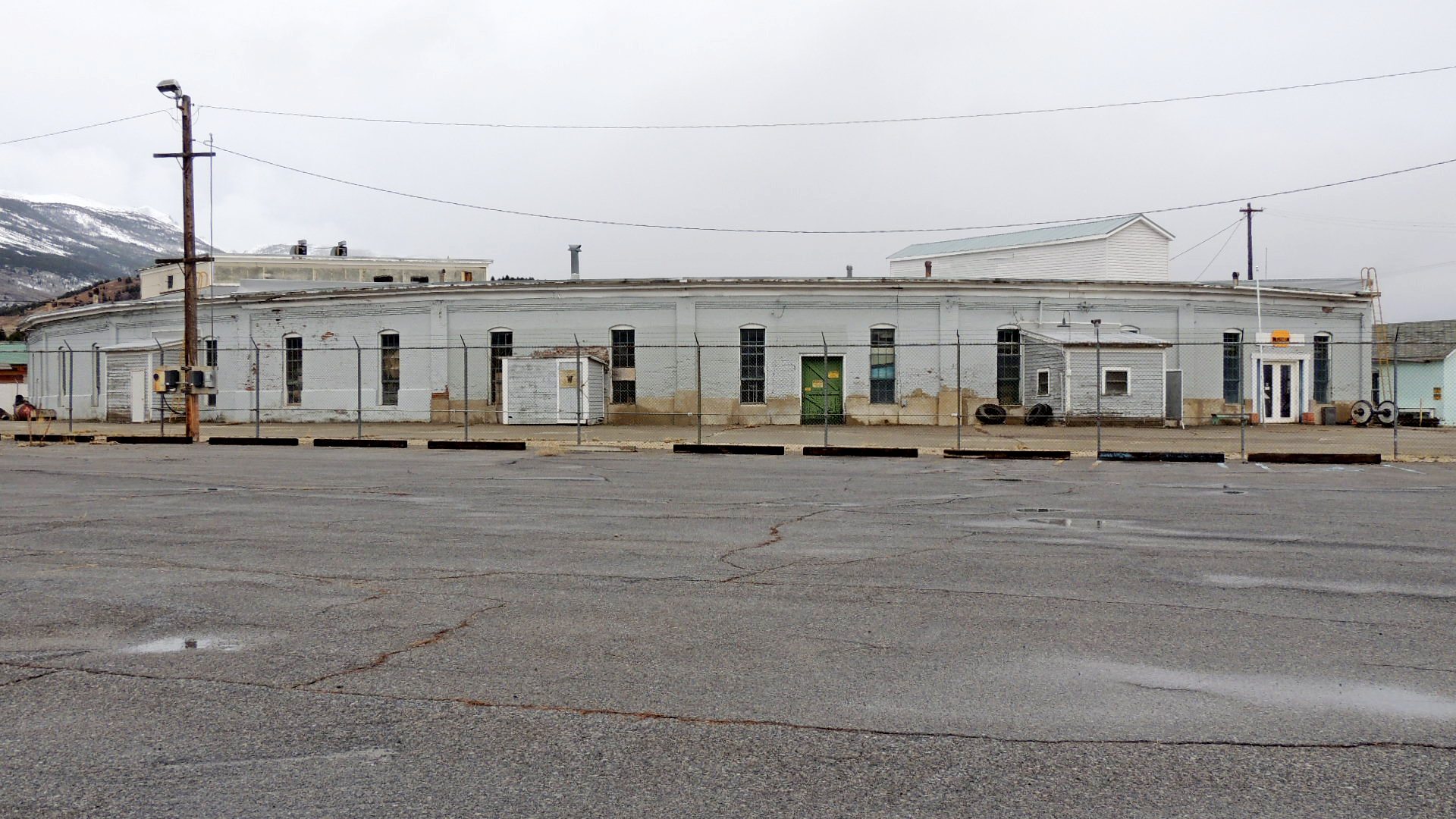|
 Butte, Anaconda and Pacific Railway Historic District - Anaconda, MT Posted by:  T0SHEA T0SHEA
N 46° 07.866 W 112° 57.342
12T E 348924 N 5110472
Chartered with the grandiose name of the Butte, Anaconda and Pacific Railway, the closest the railway ever got to the Pacific was 26 miles down the line from its beginning in Butte, at Anaconda.
Waymark Code: WMMZ65
Location: Montana, United States
Date Posted: 11/27/2014
Views: 1
Operations commenced on the B.A.& P. on December 1, 1893, with passenger service beginning at the end of that month. Total trackage completed included forty-one miles, of which fifteen miles were branch and spur lines.
Butte, Anaconda and Pacific Railway
Tired of exorbitant freight rates, copper king Marcus Daly decided to build his own railroad in 1892 to haul ore from the Butte mines to his Anaconda smelter. Daly envisioned the Butte, Anaconda and Pacific Railway extending to the Pacific Ocean. Instead the railroad ran twenty-six miles between Anaconda and Butte. With construction expertise from the Great Northern Railway, the railroad was built with seventy-five-pound steel rails in anticipation of heavy freight traffic. By 1900, the BA&P was said to carry “more tonnage to the mile the year around than any other railroad in the country.” This earned it the moniker “The Biggest Little Railroad in the Nation.” Most of the freight was copper ore from the Butte mines with a destination of the Anaconda smelter. Finished copper from the smelter was then transported across the nation. In 1913, the BA&P converted from steam to electric-powered engines, becoming the first electrified railroad in the country to haul heavy freight. Two factors allowed the BA&P to electrify affordably: access to inexpensive hydroelectric power and the fact that the Anaconda Company supplied the necessary copper wire from its own mines. The BA&P’s early success in electrification became a model for other railroads, most notably the Chicago, Milwaukee and St. Paul Railroad. The modern age of electricity fueled demand for copper from 1892 through the 1920s. Notably, the BA&P transported more than half of the nation’s supply during this era.
From the NRHP Plaque 
Describe the area and history:
The railway is still here, though no longer as part of the B.A.& P. An original railway station, now a hardware store, remains, as well as the roundhouse and turntable and the headquarters building and depot, a large white brick and stone building. There are also railway yards remaining in use in Anaconda and Butte.

|
Visit Instructions:
Please describe your visit- The good, the bad & the ugly. :)
Recent Visits/Logs:
| There are no logs for this waymark yet. |
|
|
|
|